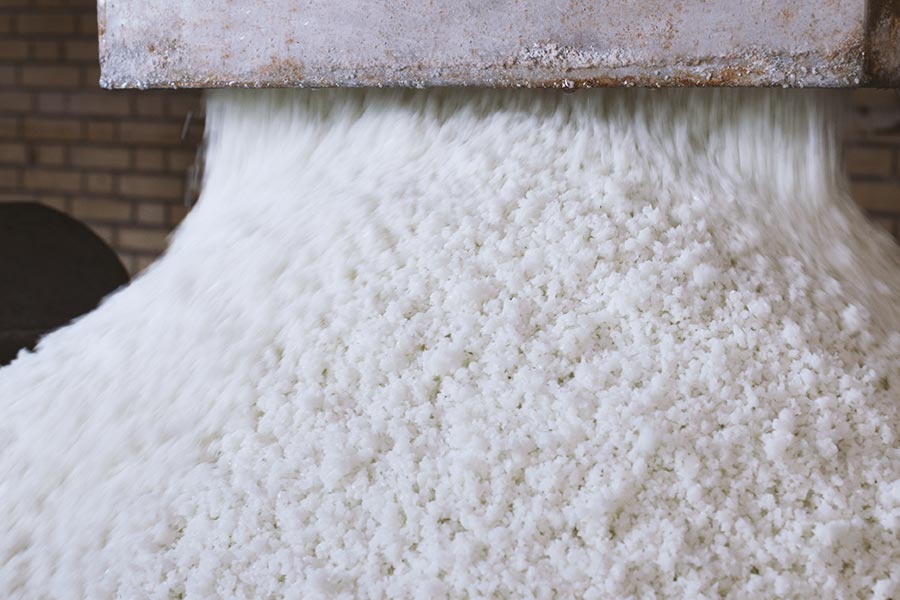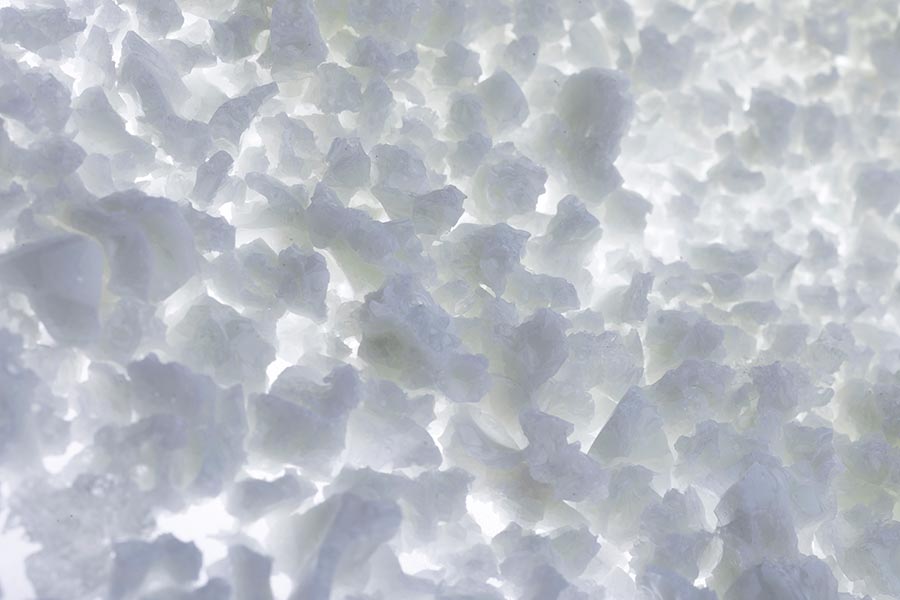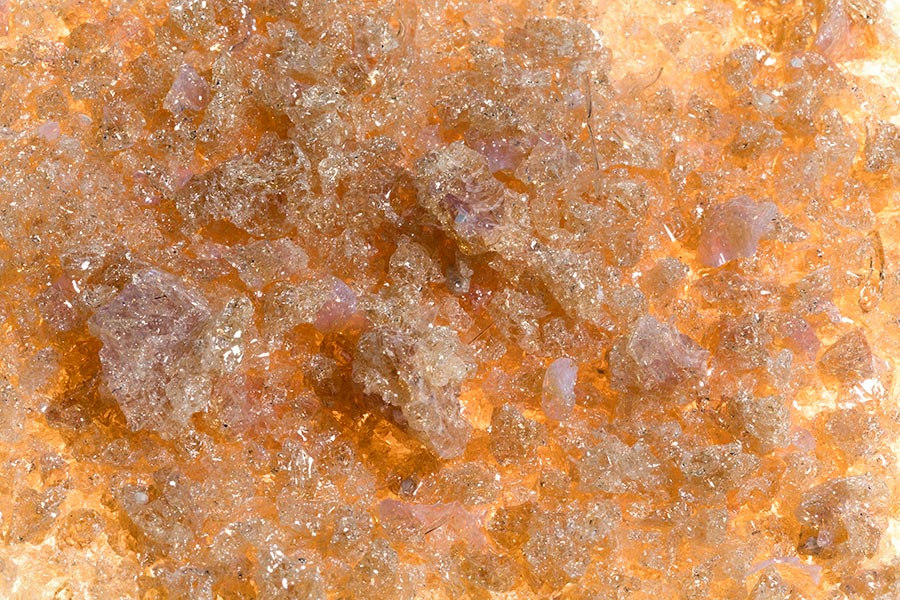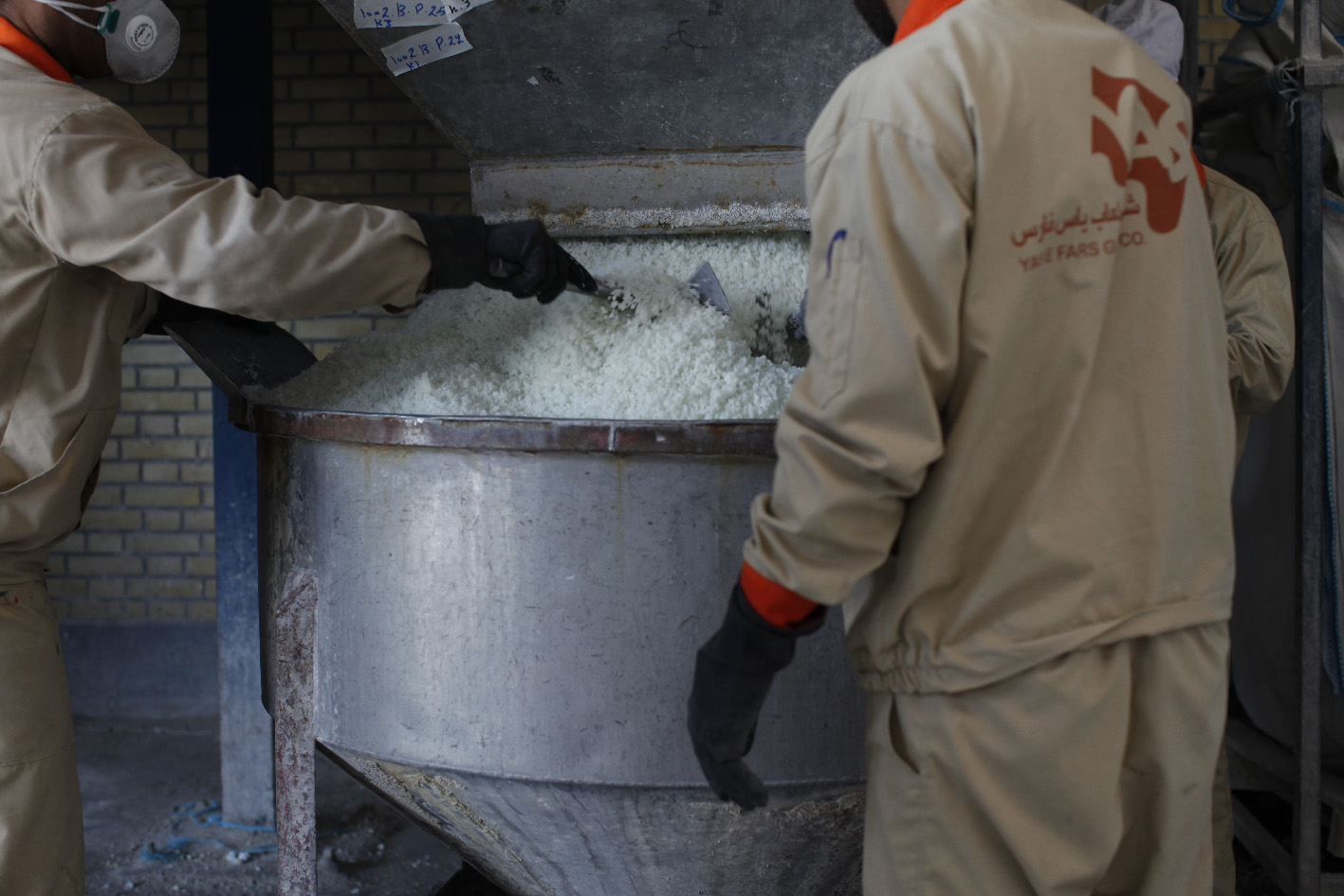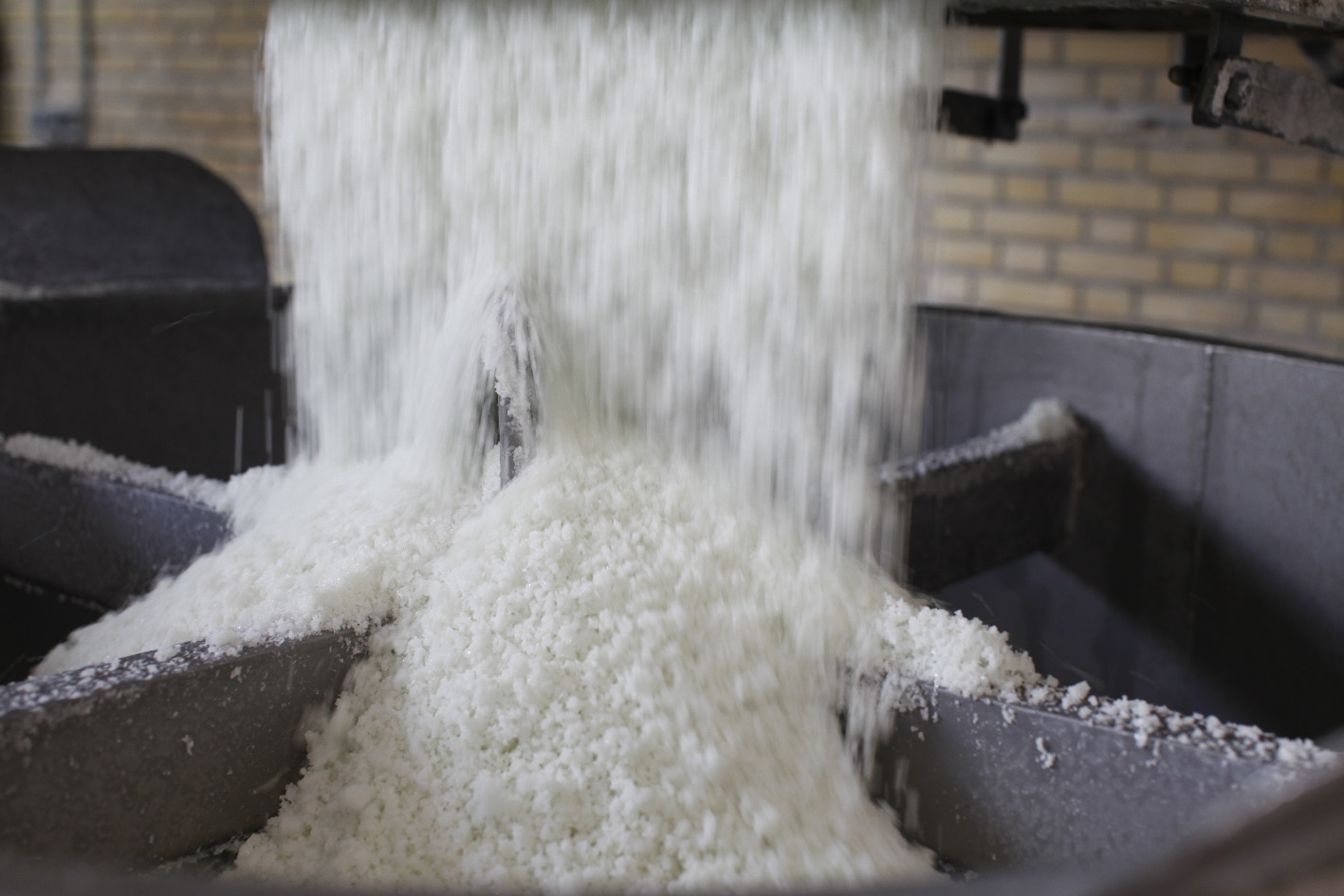Porcelain glaze
Definition of Porcelain glaze and composition of the ingredients
PRODUCT DESCRIPTION
Porcelain Glaze
This glaze is a glass-like layer on the porcelain tile surface that is 5 to 7 µ (0.005 to 0.007 mm) thick. Lighter porcelain glazes are denser than darker glazes because they are fired at higher temperatures. Porousness in glazed porcelain tile is typically less than 0.5%. Different patterns and colors can be printed using inkjet technology on porcelain glaze.
What are the ingredients of porcelain glaze?
Aluminum oxide, zirconium silicate, talc, and potassium feldspars are the main ingredients of porcelain glaze, which also includes nodular clay. The porcelain glaze is evenly applied to the tile's surface by heating these components and seeping into its texture. This glaze is one of the most resistant tile glazes and can be used to create various designs. Typically, porcelain glaze is fired at a melting temperature of 1150° to 1250°C. This temperature is required to create the necessary porosity in the glaze and its combination with the body's silica and clay.
It should be noted that porcelain tiles without glaze are typically used for floors. However, glazed types have the best moisture resistance, making them ideal for use as wall coverings in bathrooms and kitchens. Compared to the floor or single firing glaze, porcelain glaze lacks elements like zinc, making it a more resistant material during firing. Porcelain glaze has a unique place in many contemporary interior architecture designs. From an aesthetic perspective, porcelain glaze is also very intriguing.

